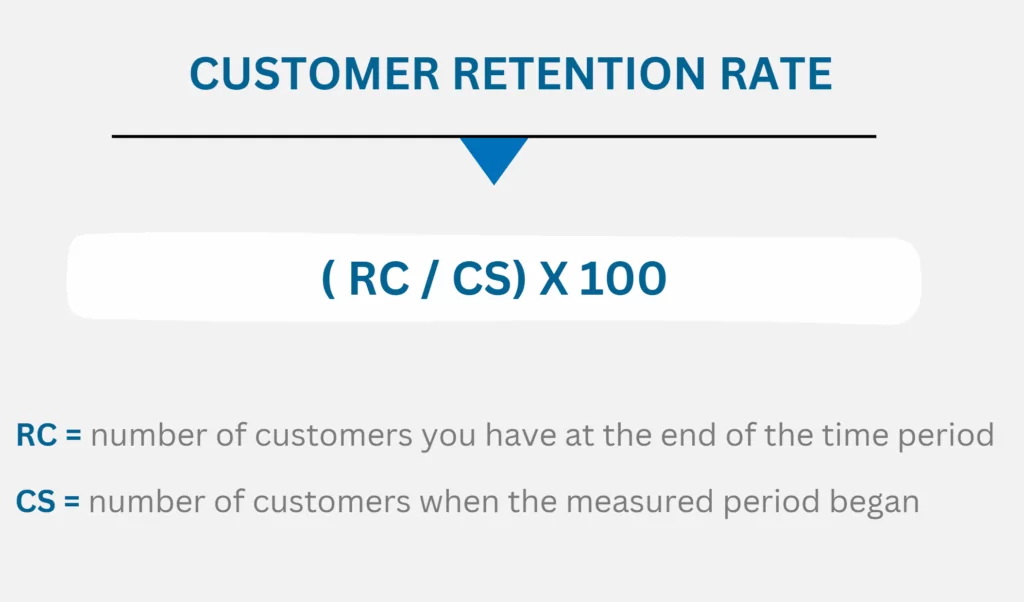How Loyalty and Retention Rate is Impacted by Translations
When it comes to building a successful business, customer loyalty and retention rate are two important metrics to consider. Companies invest significant resources into marketing campaigns and loyalty programs to attract and retain customers. However, in today’s global marketplace, effective communication with international customers is becoming increasingly essential to building customer loyalty and improving retention rates. This is where translations play a critical role.
Providing accurate and culturally sensitive translations of product descriptions and marketing materials can help international customers feel more confident in their purchasing decisions and improve their overall experience with the brand. On the contrary, poorly executed translations can lead to confusion, frustration, and negative impressions of the brand, resulting in decreased retention rates.
In this article, we will explore how both metrics are affected by translations and provide tips on how businesses can improve their translations to build stronger relationships with their international customers on behalf of the staggering examples of Amazon Prime (loyalty) and Spotify (retention)
What is Customer Loyalty

Simply put, customer loyalty describes the bonding of a buyer to a particular brand. A very good example here is Amazon. How many people do you know that have bought on Amazon only once? Hence, customer loyalty is a crucial factor for the success and growth of most brands or companies. Building an attachment to positive experiences with the products or services of the brand encourages customers to continue doing business with you. A loyal customer is a valuable asset for any company for bringing in repeat purchases, referrals, and positive reviews!
To foster customer loyalty, companies employ various strategies such as reward programs, subscriptions, and effective translations of marketing and customer engagement materials. These strategies help to build stronger relationships and trust between a company and its international customers.
When it comes to creating a successful loyalty program, Amazon Prime is a good example. Their subscription model has become one of the most successful loyalty programs worldwide. Offering a wide range of benefits such as free and fast shipping, access to an extensive library of entertainment options, and exclusive discounts. These benefits have created a sense of value and exclusivity that appeals to customers. And the continuous addition of new perks and benefits keeps members engaged and retains their loyalty.
To create a successful loyalty program, companies must focus on offering benefits that cater to their customers’ needs and preferences. Additionally, innovation and expansion of the program’s benefits are necessary to maintain customer engagement and retention. By employing these strategies, companies can create a happy customer base and achieve sustainable growth and success.
What is Retention Rate

Retention rate refers to the percentage of customers or users who continue to use a company’s product or service over a specific period. In simple terms, it measures the level of customer engagement and loyalty.
A high retention rate indicates that a company is providing excellent value and meeting the needs of its customers, which leads to repeat business and increased revenue. On the other hand, a low retention rate suggests that customers are not satisfied with the product or service, and they are likely to switch to a competitor.
Benchmark and Calculation
To measure your efforts, it is necessary to calculate the customer retention rate. To do so, simply determine the number of customers you’ve kept over a certain period of time and divide that by the total number of customers you had at the beginning of that period. Simply spoken:
Retention rate = (Retained customers (RC) / Starting customers) x 100%Basically, it is easy to estimate the values, just follow those steps:
- Choose the time period: E.g. a month, a quarter or a year. (Any time frame that makes sense for your business)
- Starting Customers: Evaluate how many customers you have at the beginning (CS)
- Count Retained Customers: Determine the number of customers at the end of the period (RC)
- Calculate Retention Rate: Divide the number of retained customers by the starting number of customers, then multiply by 100 to get the retention rate as a percentage.

A good example of a company with a high retention rate is Spotify. The music streaming platform has managed to keep over 300 million subscribers engaged and loyal to its service. This is due to the company’s excellent user experience, personalized recommendations, and a vast library of music options.
When it comes to benchmarking, retention rates can vary widely depending on the industry and company size. However, the average retention rate for a subscription-based business is around 80%. For other industries, such as e-commerce, the retention rate is typically between 20-40%. These benchmarks can help companies determine how well they are retaining customers compared to their competitors.
Optimizing retention rate is crucial for businesses to achieve long-term success. One way to improve is by enhancing the overall customer experience. Companies can achieve this by providing excellent customer service and offering personalized recommendations and promotions. To make it easy for customers to navigate their products or services.
Another way to improve retention rate is by leveraging customer feedback to identify areas for improvement. By actively seeking and acting on feedback, companies can address concerns, improve their product or service, and retain more customers.
Translation Benefits and Execution
Effective translation can play a significant role in building and maintaining customer loyalty and retention rate. However, executing translations can be a complex process that requires a deep understanding of both the target language and the cultural nuances of the target audience.
Translation can offer several benefits to businesses seeking to expand their reach and build customer loyalty. Effective translations can help companies establish a stronger presence in foreign markets and increase their customer base by connecting with customers who speak different languages. By providing localized content and adapting messaging to the cultural context of a specific audience, businesses can build trust and establish a sense of relatability, which can help drive customer loyalty.
Achieving accurate and effective translation can pose a challenge and need a well-thought plan. It demands understanding of the language, culture, and context of the intended audience. Translation tools like langify can be utilized by businesses to translate their content.
Overall, effective translation execution can offer significant benefits to businesses seeking to expand their reach and enhance customer loyalty. By building strong relationships with customers through personalized experiences and effective communication, businesses can establish themselves as trusted and reliable brands in both local and international markets.
The Essence
The role of customer loyalty and retention rate is as crucial as it is dynamic and individual. Depending on the certain business, specific customer and evaluation details. We know that a high customer loyalty and retention rate is good for business. Hence, the question is how to make the best out of this info. Well, that obviously depends on the very case. “A good product sells itself” is certainly true to some extent. Unique and sucessfull solutions drive the inovation.
My personal recommendation is to first believe in your product. And then face the challenges of the market(ing). With passion, any path is long and short… its about finding the right one

“Business is the profession. Harmony the passion.”
Connecting people and customers is the key. In e-commerce & general. Tones & Music are a wonderful communication tool. Only 7 tones define it and are understood all around the world
